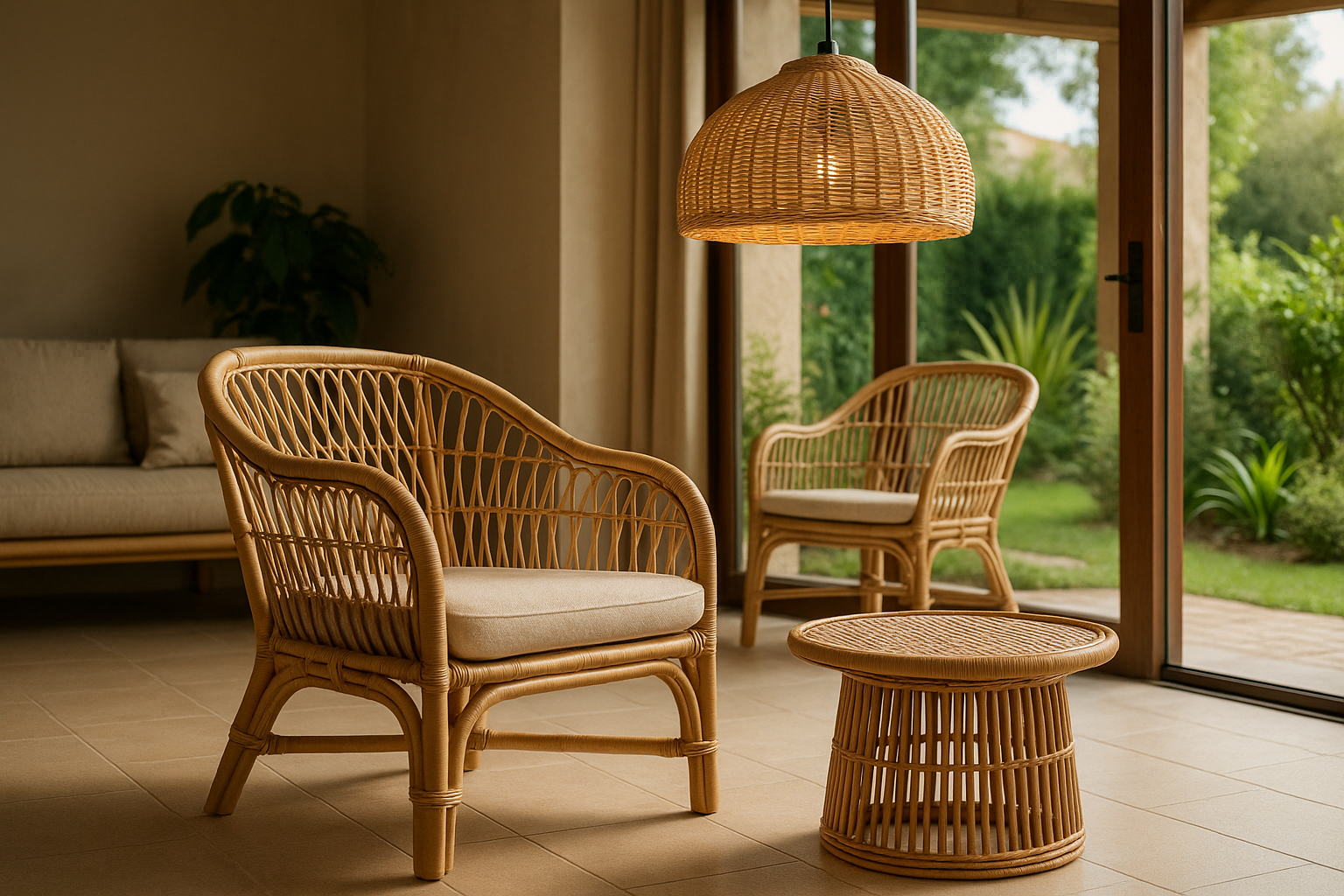Key Considerations for Choosing Patio Furniture
When choosing patio furniture, it's important to consider factors like materials, style, durability, and comfort. Whether you're outfitting a small balcony or a large garden, make sure the furniture suits your outdoor space and weather conditions. Explore options for different climates and needs.

What materials are best for outdoor furniture?
When it comes to patio furniture, the material is crucial for both aesthetics and durability. For areas with high humidity or frequent rain, consider materials that resist moisture and rust. Aluminum is an excellent choice as it’s lightweight, corrosion-resistant, and easy to maintain. Teak and other hardwoods offer natural beauty and weather resistance but require regular maintenance to preserve their appearance.
For drier climates, wrought iron can be a sturdy and elegant option. It’s heavy and durable but needs protection from rust. Synthetic resin wicker is another versatile material that’s resistant to UV rays and moisture, making it suitable for various climates. Each material has its pros and cons, so consider your local weather patterns and maintenance preferences when making your selection.
How do you evaluate the durability of patio furniture?
Durability is a key factor in choosing patio furniture that will last for years. Look for furniture with sturdy construction, such as reinforced joints and weather-resistant finishes. Check the weight capacity of chairs and tables to ensure they can support intended use. For cushions and upholstery, look for fabric labeled as weather-resistant or outdoor-grade.
Read customer reviews and product warranties to gauge the longevity of the furniture. Brands that offer comprehensive warranties often stand behind the quality of their products. Additionally, consider the ease of replacing parts or cushions, as this can extend the life of your patio set.
What styles of patio furniture suit different outdoor spaces?
The style of your patio furniture should complement both your home’s architecture and your personal taste. For modern homes, sleek lines and minimalist designs in materials like metal or glass can create a contemporary look. Traditional homes may benefit from classic designs in wood or wrought iron.
Consider the scale of your furniture in relation to your outdoor space. Compact bistro sets work well for small balconies, while larger sectionals and dining sets are suitable for spacious patios. Multi-functional pieces, such as ottomans with storage or expandable tables, can maximize utility in any size space.
How important is comfort in patio furniture selection?
Comfort is paramount when choosing patio furniture, as it directly impacts how much you’ll enjoy and use your outdoor space. Look for ergonomically designed chairs with proper back support and comfortable seat depths. Cushions should be thick enough to provide adequate padding but made with quick-drying materials to prevent mildew growth.
For lounging areas, consider adjustable backrests on chaise lounges or deep-seated sofas with plush cushions. Don’t forget to test the furniture before purchasing when possible, as comfort is subjective and personal preferences vary.
What are some unique considerations for patio furniture in the USA?
In the United States, patio furniture needs vary greatly due to diverse climates and lifestyles. Coastal areas require furniture that can withstand salt air and high humidity, while desert regions need materials that won’t fade or crack under intense sun exposure. In the Northeast and Midwest, look for furniture that can be easily stored or protected during harsh winters.
Americans often prioritize outdoor entertaining, so versatile seating arrangements and ample dining spaces are popular. Many homeowners also seek eco-friendly options, such as furniture made from recycled materials or sustainably sourced wood, reflecting a growing environmental consciousness in the US market.
How do different patio furniture brands compare in quality and price?
When it comes to patio furniture, the market offers a wide range of options to suit various budgets and quality expectations. Here’s a comparison of some popular brands available in the United States:
| Brand | Quality Level | Price Range | Key Features |
|---|---|---|---|
| Sunbrella | High | \($-\)$$ | Premium weather-resistant fabrics, extensive color options |
| Hampton Bay | Mid-range | \(-\)$ | Affordable sets, often available at home improvement stores |
| Polywood | High | \($-\)$$ | Recycled plastic lumber, low maintenance, various styles |
| Christopher Knight Home | Mid-range | \(-\)$ | Contemporary designs, good value for price |
| Frontgate | High | \(\)-\(\)$ | Luxury outdoor furnishings, customizable options |
Prices, rates, or cost estimates mentioned in this article are based on the latest available information but may change over time. Independent research is advised before making financial decisions.
When comparing brands, consider factors beyond just price. Look at the materials used, construction quality, warranty offerings, and customer service reputation. Higher-priced brands often offer better durability and longer-lasting products, which can be more cost-effective in the long run. However, mid-range options can still provide good quality at a more accessible price point for many consumers.
In conclusion, choosing the right patio furniture involves carefully considering materials, durability, style, comfort, and your specific outdoor environment. By taking the time to evaluate these factors and compare different options, you can create an outdoor space that is not only beautiful but also functional and long-lasting. Remember that investing in quality pieces that suit your climate and lifestyle will ensure your patio remains an enjoyable extension of your home for years to come.






